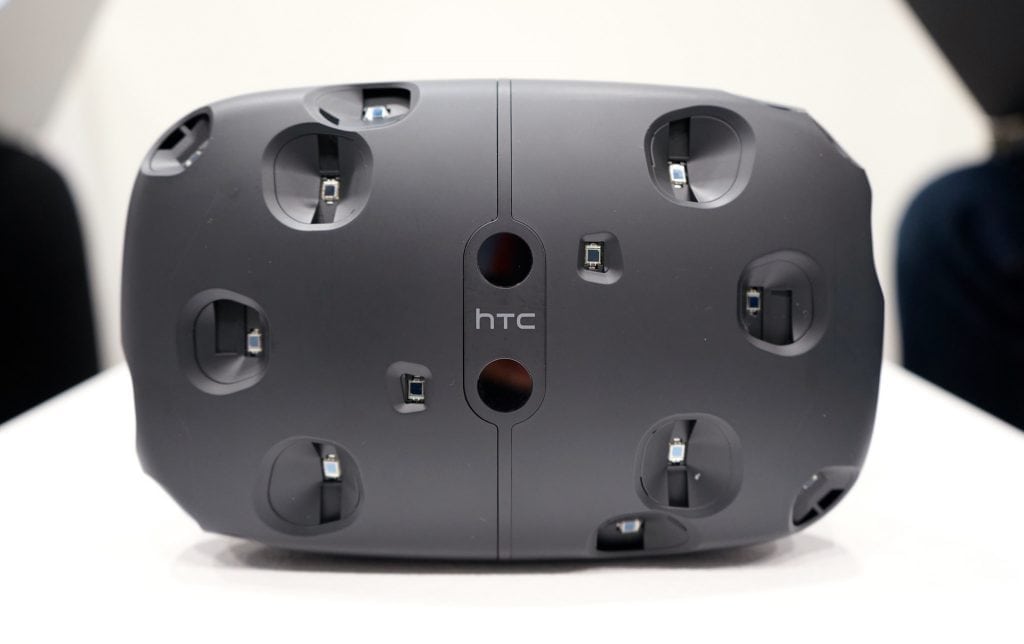This week we launched the latest report in our Skift Trends Reports service, Decoding Use Cases for Virtual Reality in Travel.
Below is an excerpt from our Skift Trends Report. Get the full report here to stay ahead of this trend.
For travel marketers interested in virtual reality (VR), the most important question is often the very basic: What content should they create? Most VR industry insiders that spoke with Skift suggest the key is to focus on original content rather than trying to repurpose an existing 360-degree video. “Most brands are creating their own original content,” said YouVisit’s Mandelbaum. “Number one, it’s not like video where you have a lot of stock footage [available]. Number two, because the brands that are investing in VR want to ‘do it right.’”
With original content, another key question is cost. Sources familiar with third-party VR production companies say the typical shoot can range in price from anywhere between $15,000 and $100,000, though others emphasize that shoots can be fairly cheap given the newer consumer VR cameras that are now coming to market. “The basic building blocks are not hard at all. You don’t need to spend too much money,” emphasized Ando Shah, a VR director and former engineer. “It’s effectively the same budget that you would do for a short travel video if you get one of these [low-cost consumer VR] cameras.”
Once the production budget is established, the next question is what type of experience to create. For many VR video veterans, the key is to simply experiment and focus on capturing a truly immersive, engaging experience. “Right now, the trend is ‘don’t bother with story,’ especially for simpler pieces. Just concentrate on immersion,” said Shah. “Telling stories is much harder, especially because [the cinematic] language is not written. How do you ‘do’ cuts? How does sound work? All of these are important questions that are being figured out right now.”
Other marketers like those at Tourism Australia caution that just because something is shot in VR doesn’t by default make it compelling for consumers. “The one thing about VR, and some brands are getting it right, others not so much, is that it doesn’t make something that is really boring suddenly interesting,” said Tourism Australia’s Lisa Ronson. “It sounds obvious but there are some brands that are going ‘oh, let’s sell our product by doing VR.’ But if the product doesn’t lend itself [to VR] don’t force it. It’s about looking at what the consumer is going to find interesting.”
Purchase the report to read the full findings, or subscribe to Skift’s Insider Community and gain access to our entire vault of premium travel market and industry research.
Subscribe to Skift Pro to get unlimited access to stories like these
{{monthly_count}} of {{monthly_limit}} Free Stories Read
Subscribe NowAlready a member? Sign in here
Subscribe to Skift Pro to get unlimited access to stories like these
Your story count resets on {{monthly_reset}}
Already a member? Sign in here
Subscribe to Skift Pro to get unlimited access to stories like these
Already a member? Sign in here
